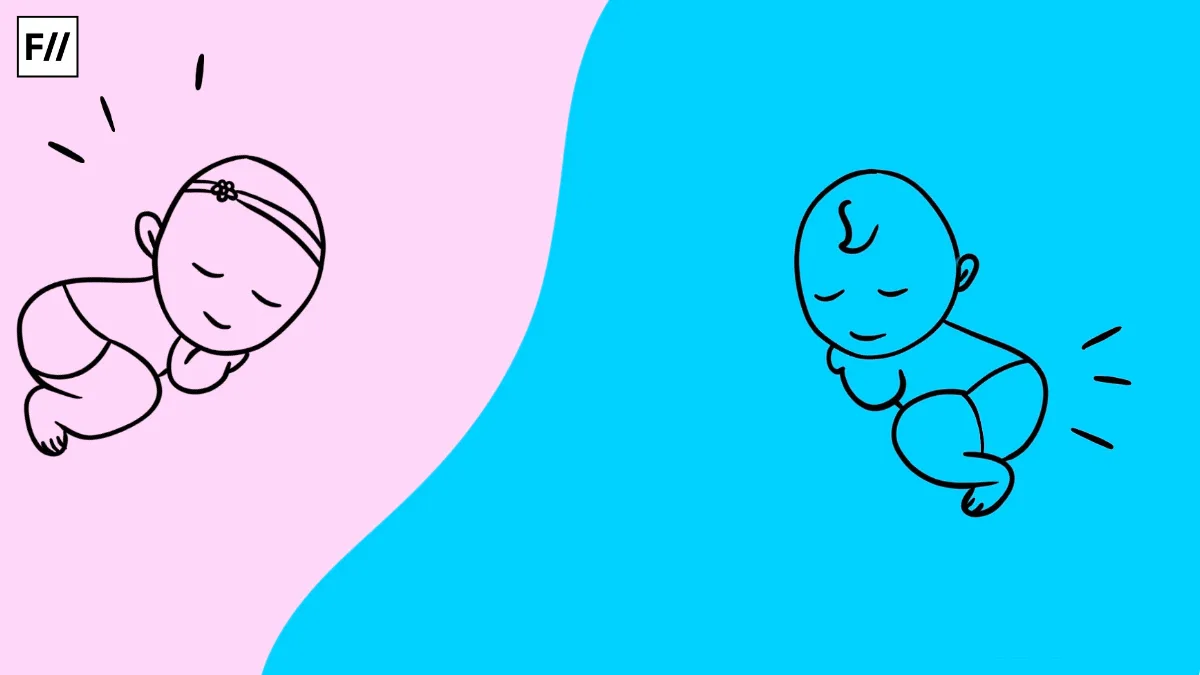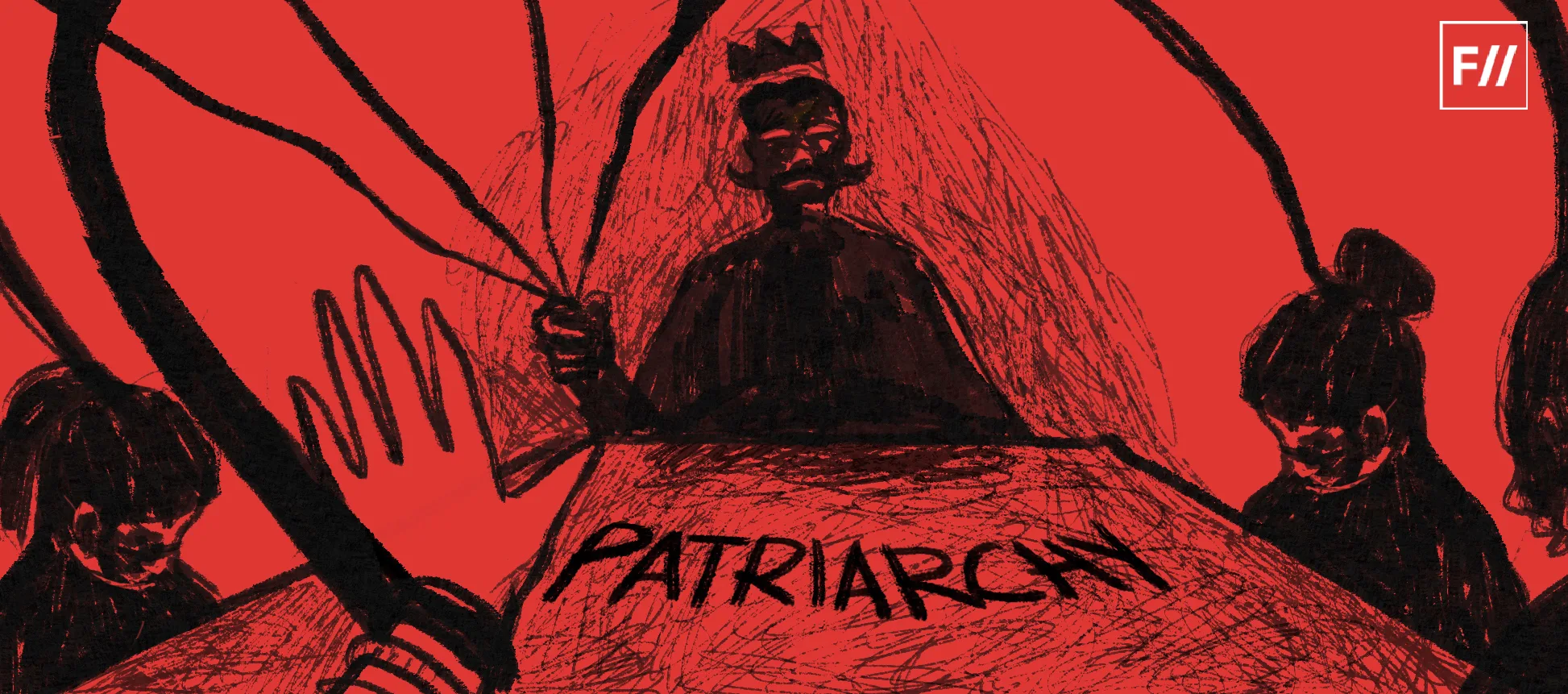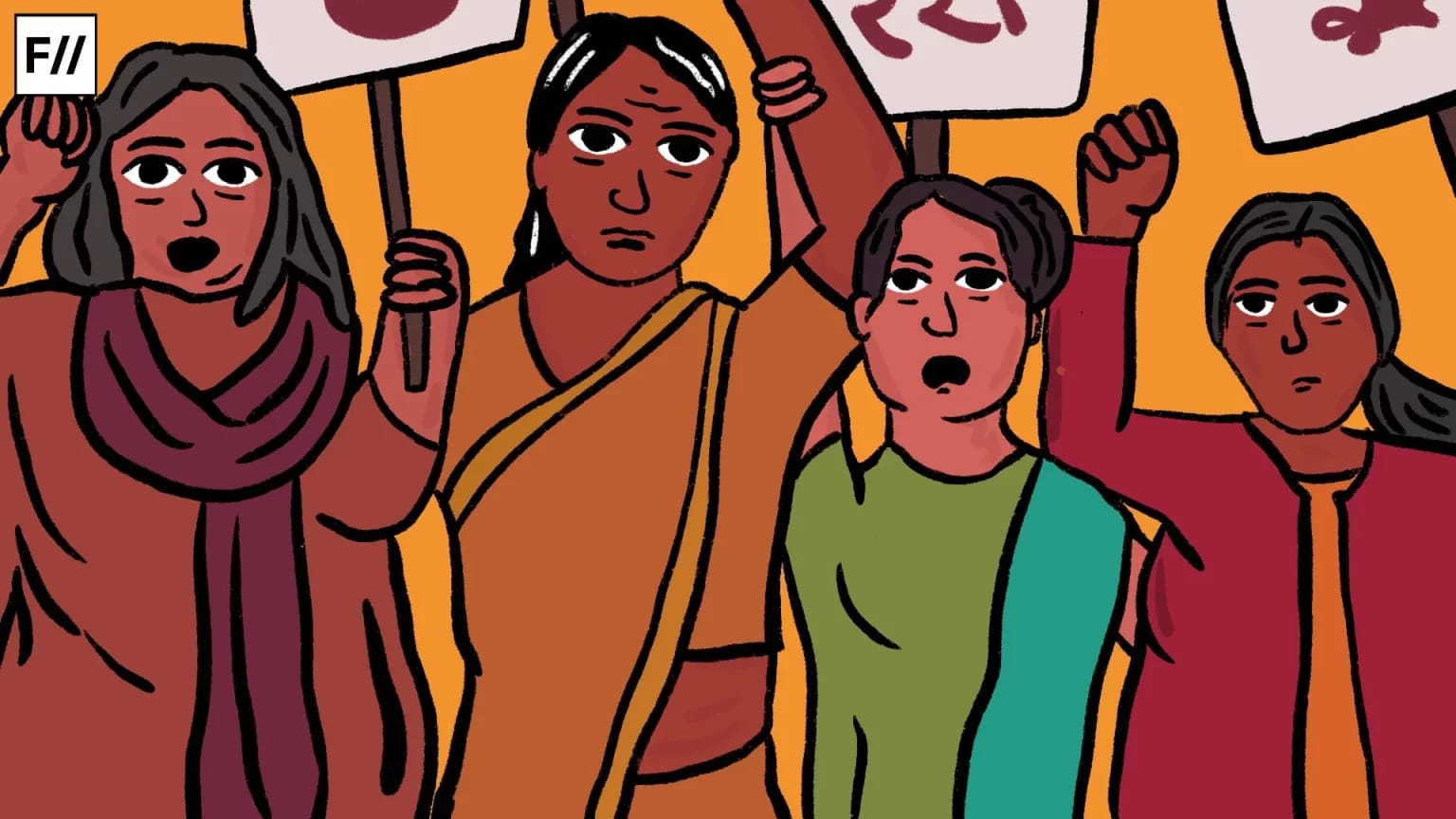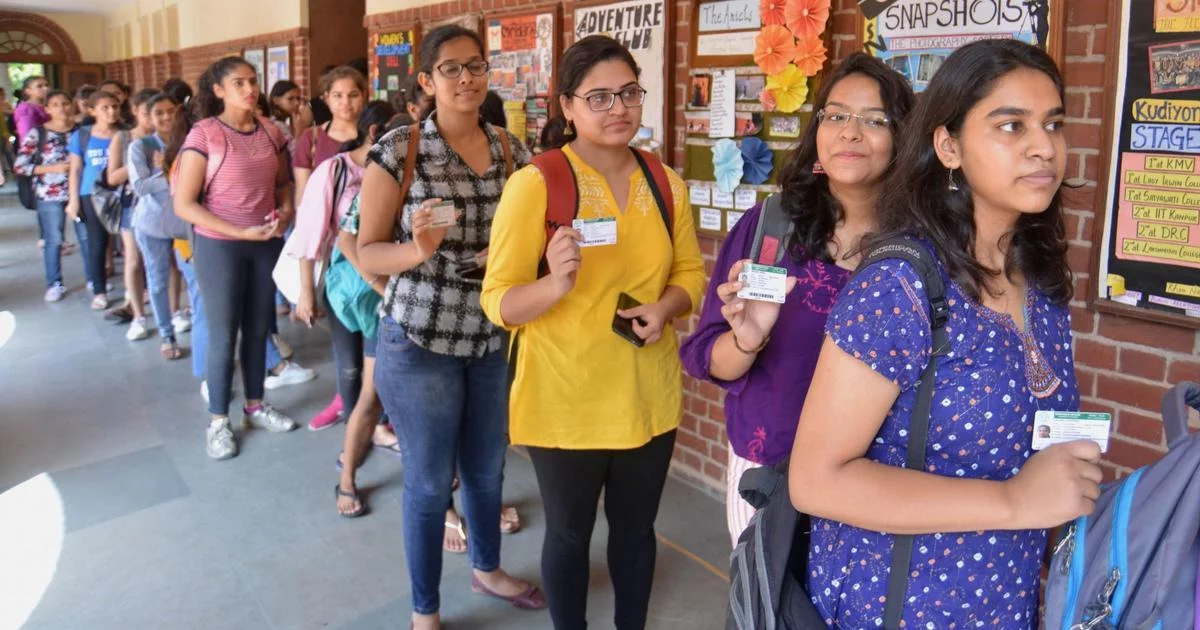We need to see infanticide as more than just a crime; it indicates that society has failed on a fundamental level. It shows that there is bias against women and even warns us that gender discrimination is still predominant in our lives, even in bigger ways, like female infanticide, especially in remote locations. Imagine living in the year 2025, an era where we celebrate women as scholars, scientists, and successful businesspeople, but such progress still coexists with harsh realities. Many girls continue to be denied the basic rights, starting with the right to be born. Female infanticide is still making the headlines in the news, despite ongoing efforts for the eradication of such harmful practices; it continues to be a troubling reality of our society.
Recently, shocking and painful news from Shahjahanpur district of Uttar Pradesh came to light, where a 15-day-old baby girl was found buried alive and later rescued by the local police. The incident is devastating but not new; some stories come to public attention while others remain hidden. The burial of girls beneath the soil is not just a cruel practice. It also symbolises the burdens of patriarchy, poverty, and deep-rooted injustice that continue to subjugate women for generations. As a country and community, we need to ponder this issue. If female infanticide still happens today, how can we truly say that society has made real progress against these deep-rooted crimes against a female infant?

This particular case doesn’t just present the abandonment of one girl child. Still, it reminds us of the hidden and ongoing violence against women in India that starts even before they are born and remains at every step of their lives. This crime is often justified by presenting women as a burden or financial hardship. We need to recognise infanticide, not just as an individual crime, but as a reflection of a larger social failure; it is a sign of gender bias and even a warning that gender discrimination still exists, even in larger forms like female infanticide, particularly in remote areas.
Preference for a male child
It is shocking to admit, but daughters are still viewed as a burden. Even in the 21st century, many parts of India still view the birth of a girl as an unfortunate or burdensome event. One of the various causes behind this mindset is the requirement of dowry during marriage, which leads to making women an economic liability to their families. Despite different legal protections, like the Dowry Prohibition Act of 1961 and campaigns such as Beti Bachao and Beti Padhao, the preference for a male child continues to dominate family planning decisions and cultural practices.
It is shocking to admit, but daughters are still viewed as a burden. Even in the 21st century, many parts of India still view the birth of a girl as an unfortunate or burdensome event. One of the various causes behind this mindset is the requirement of dowry during marriage, which leads to making women an economic liability to their families.
On the other hand, people still view a male child as an asset because, according to them, a son can carry the family name forward and will be the bearer of the family legacy. A son is believed to be a future breadwinner and a significant social investment for the family. The survey by the National Family Health Survey (NFHS-5) conducted from 2019 to 2021 shows that nearly 80% of households want at least one son in the family.
This flawed mindset still shapes decisions in countless households, particularly where education is limited and financial struggles are a daily reality. As a result, girls are denied their right to be born, and those who survive are later abandoned by their families. According to the recent World Population Prospects, there are 106 males per 100 women in India, and the country ranks 214th out of 236 countries in the female-to-male sex ratio.
Rural poverty and patriarchal pressure
Another cause of such female foeticide and infanticide is poverty. In many villages across Uttar Pradesh and other parts of the country, survival is a daily struggle. In these harsh conditions, the desperation often makes biases even stronger; when parents have to decide whom to feed, educate, or nurture. A recent survey by the National Statistics Office (NSO) proved that rural families in India spend more money on a boy’s education than on a girl’s education. The United Nations International Children’s Emergency Fund (UNICEF) also reveals that children in the poorest families suffer the worst food poverty, particularly girls, who are more malnourished due to gender-based discrimination.

Yet, poverty alone does not lead to infanticide; rather, it is deeply interlinked with patriarchy. As financial hardship leads to making a choice, abandoning a girl child, though sometimes heartbreaking, seems a necessity. We should not see this as an excuse but as part of a larger problem: a society that punishes the poor while holding on to strict gender roles and biases.
Gender bias in everyday life
Female infanticide, one of the most brutal form of gender-based violence, is not sudden but something that is woven into everyday life. It begins with words and actions that are often seen as harmless, for example, a movie line that glorifies aggressive male behaviour or a grandmother’s blessing for “a healthy son”. Even daily religious rituals value boys over girls. The idea that sons are essential and required in any family is ingrained in cultural, social, and even religious practices that often place the girl child as secondary. Over time, this message becomes part of daily life.
There is an urgent need to protect the girl child beyond the surface level. This can only happen with the active participation of government and civil society. There is a need to work on the ground level, where village councils, local healthcare centres, and schools should be the focus. Just some slogans cannot change the fate of a girl child in this country.
This social conditioning later creates a world for girls filled with discrimination, abortion, or even horrific situations like being buried alive. A study by The Lancet in 2022 disclosed that around 2,39,000 girls under the age of five die annually in India due to gender-based discrimination and inadequate healthcare.
This number highlights the urgent need to address the gender biases embedded in our society and adversely affecting millions of girls.
Gender Bias: Need for a collective responsibility
In India, we have various laws and programmes for the eradication of female foeticide and infanticide. Yet despite legal provisions, why are such crimes still prevalent? Is it not also the failure of public policies and the large system? Along with that, the question needs to be raised: where were the local health workers and social workers when people needed them the most?
There is an urgent need to protect the girl child beyond the surface level. This can only happen with the active participation of government and civil society. There is a need to work on the ground level, where village councils, local healthcare centres, and schools should be the focus. Just some slogans cannot change the fate of a girl child in this country. Through active participation and awareness drives, and sustained community involvement, we can support the rural women in standing up against regressive traditions and tackle poverty that further combines with discrimination.
Along with government and civil society, there is a need for media that digs deeper and asks why these tragedies happen – is it because of poverty, prejudice, or patriarchy? This particular question should not be limited to the government, civil society, or the media alone. It must be asked in our homes, communities, schools and all those places where this mindset roots and grows.
About the author(s)
Himani is a postgraduate in Political Science from Ramjas College, University of Delhi with a keen academic focus on gender, culture and social justice. Her academic and field experience includes research and project coordination in areas such as tribal entrepreneurship, environmental advocacy and community service.





